Its dating is placed in the 8th-7th century BC but its production area is uncertain. The fact that it was found in Etruria is not a decisive element for attributing it to some Etruscan craftsman. In fact, the Etruscans had many contacts with the Greek and Phoenician worlds and therefore objects of all kinds from Cyprus, Egypt, Greece, Asia Minor and the entire eastern Mediterranean area are relatively frequent.
It is no coincidence that the period in which it was produced is defined as “orientalizing”. This was the most flourishing period of the Etruscan civilization, the one in which the wealthiest classes imported the most refined products from all over the world, so much so that there were also many foreign artists and craftsmen who came to settle in Etruria.
Objects like this (a few dozen are known) were exploited by high society Etruscan women for cosmetic use.
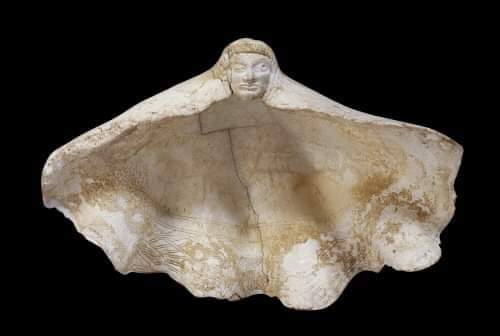
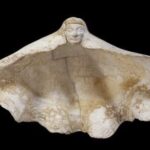


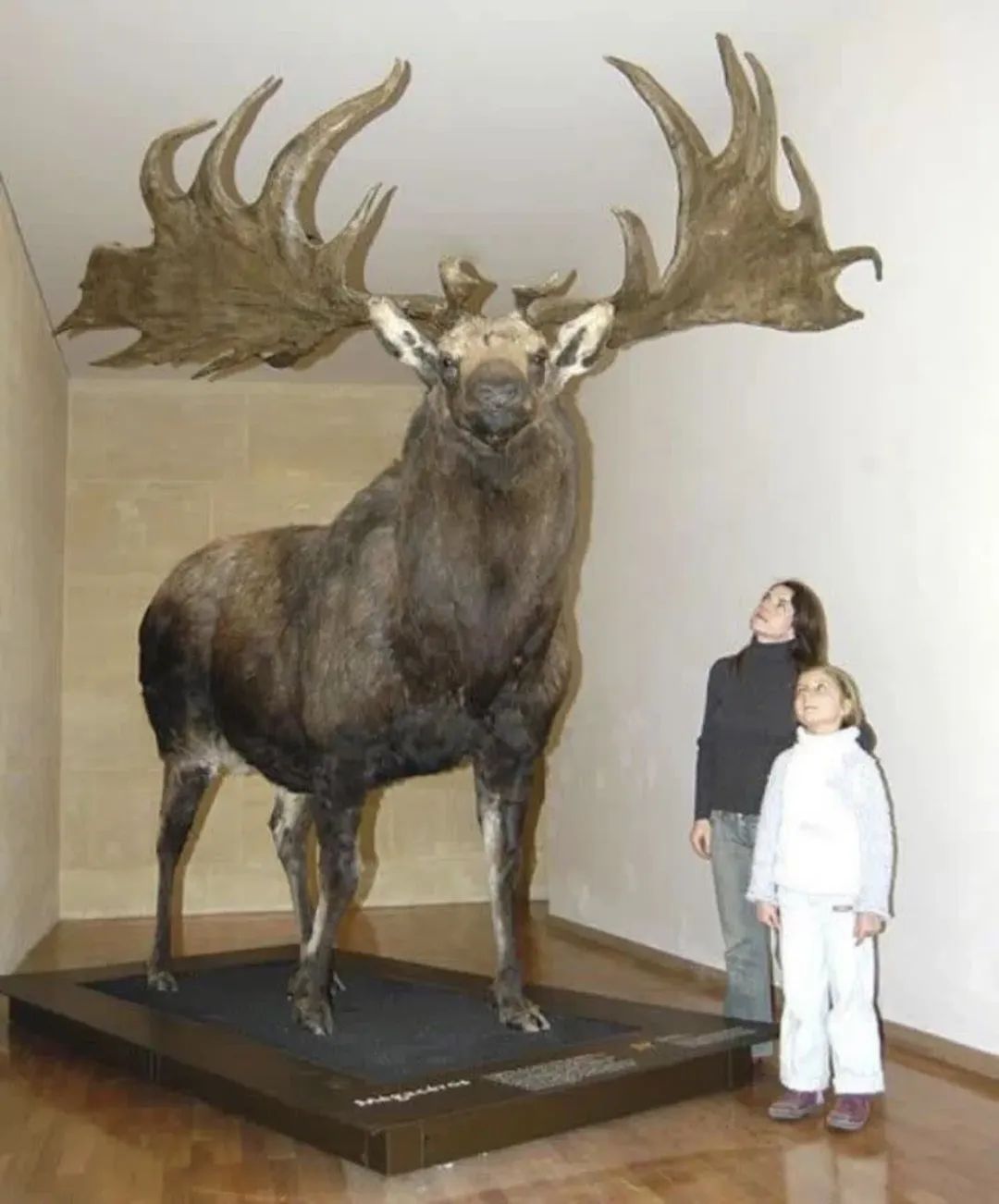
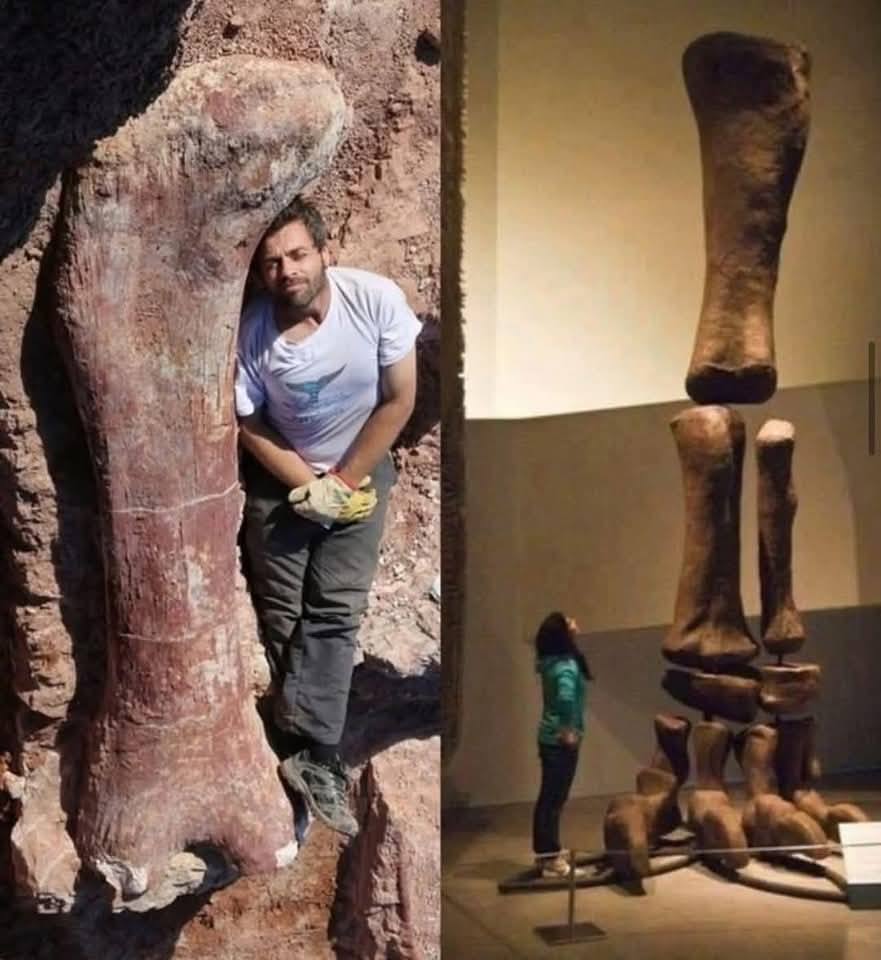
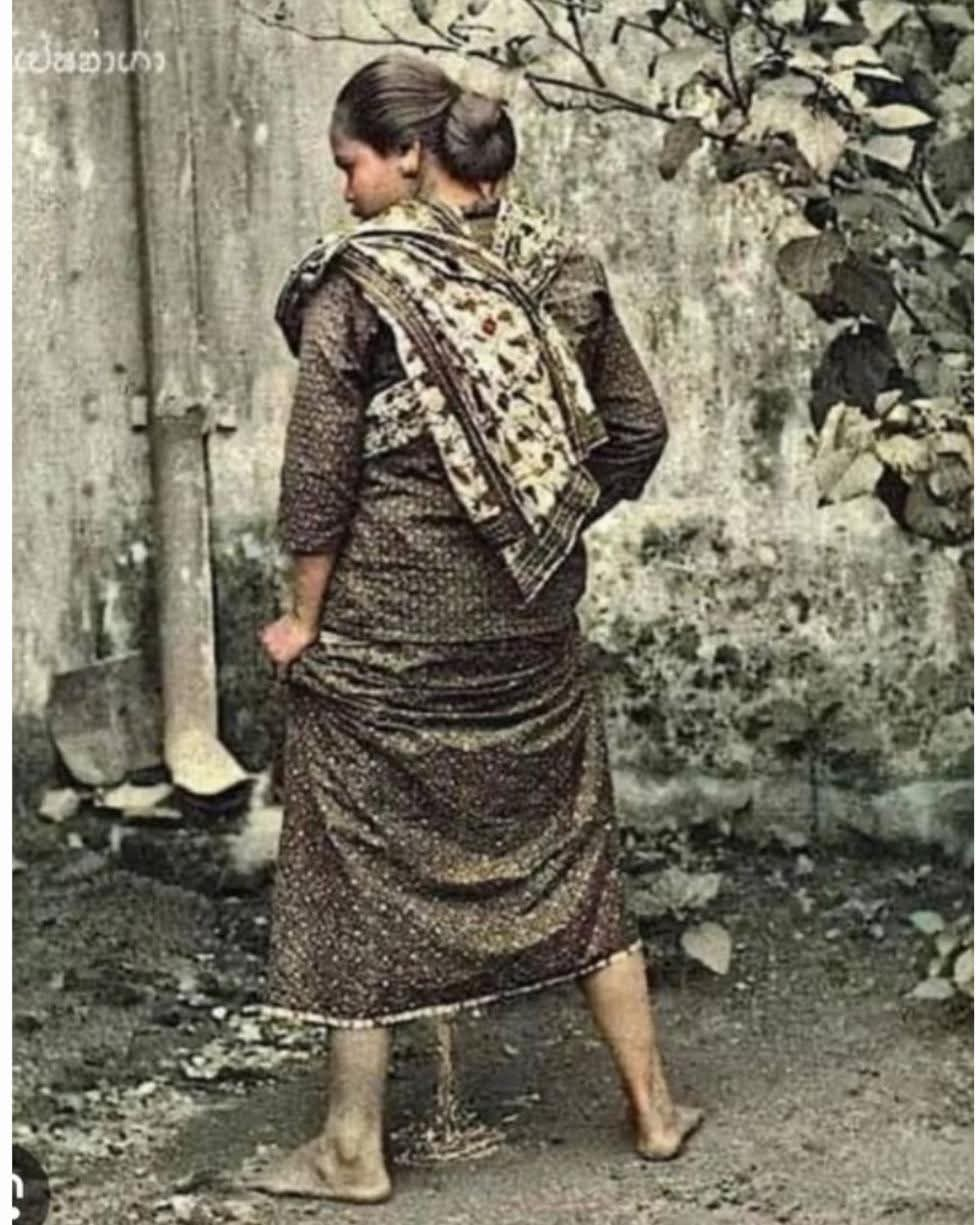



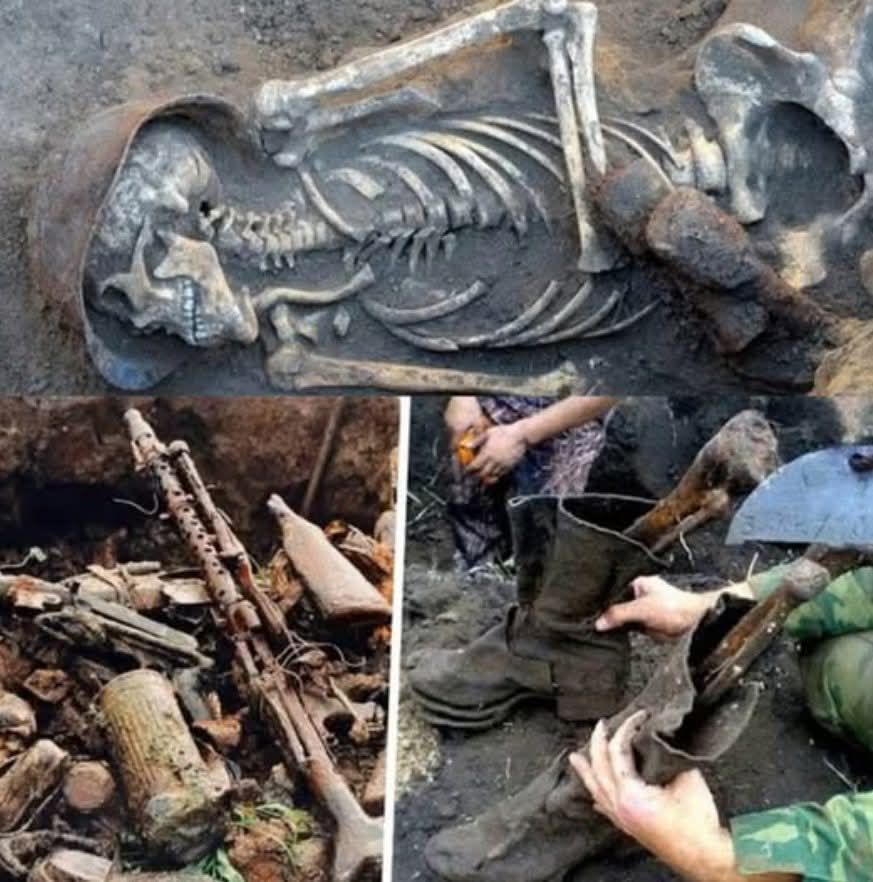

Leave a Reply